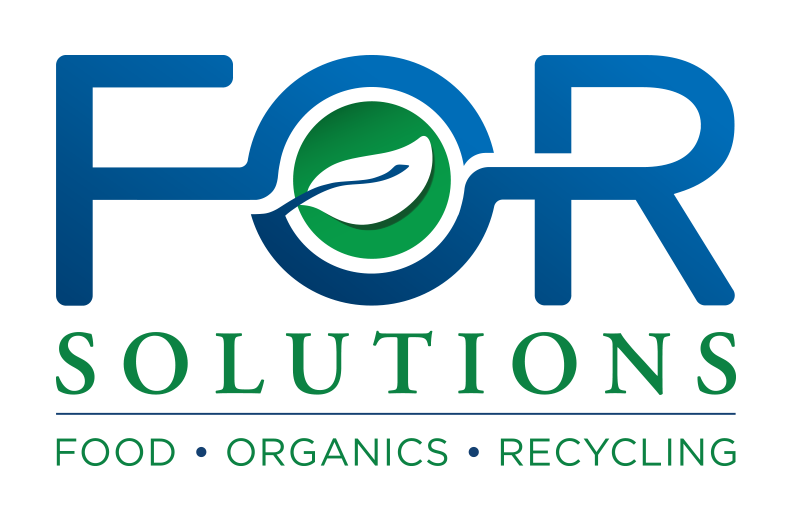Food Recovery vs. Sustainable Materials Management
Much as been written and discussed about how to address the issue of uneaten food. Often, reference is made to the Food Recovery Hierarchy proposed by the United States Environmental Protection Agency. In that model, recovery and composting of uneaten food is suggested to be preferable only above landfilling. This is paradoxical! The most preferred option, Source Reduction, is logical and consistent with the nearly 4 decades old rallying cry of Reduce, Reuse, Recycle. The second option, Feed Hungry People, is also logical and defensible. The third option, Feed Animals, is where the paradox first appears. Nearly every discussion about sustainability suggests that it is essential; some have even suggested that it is required, for humans to move away from an animal-based diet to a plant-based one. So, using uneaten food to feed animals for human consumption either directly or indirectly is counter to the quest for a more equitable, fair, just, and sustainable humanity.
The forth option, Industrial Uses, also presents a paradox. It suggests using oils for rendering and fuel conversion, which is logical and defensible; however, it also suggests using food scraps for digestion to recovery energy. The paradox here is that anaerobic digestion produces methane, which is then burned as part of electricity generation. When one molecule of methane is combusted, one molecule of CO2 and two molecules of H2O are formed. So, one greenhouse gas is burned producing three molecules of two different greenhouse gases, including two molecules of the single, most potent greenhouse gas on the planet! Additionally, it is well-known that the cost to plan, construct, and operate anaerobic digestion facilities is very high. Anaerobic digestion facilities are also very intolerant of contamination and diversity of the feedstock. Lastly, sustaining adequate revenue from the sale of the methane and digestate is sometimes a serious issue. A study by the National Renewable Energy Laboratory found that an anaerobic digestion facility for food would “lose money.”
Finally, as the option preferred only over landfilling, Composting, appears on the hierarchy. Described as “create a nutrient-rich soil amendment”, it is illogical and indefensible to place such an outcome so low on a preference scale. The facts are that the amount of land available to grow food has been decreasing for at least the past 50 years and the productivity of the soil on that land has also been decreasing while the number of humans to feed continues to increase. We are past peak oil and approaching peak phosphorus, which means that our ability to create synthetic fertilizer is decreasing. The overuse of synthetic fertilizer is linked to several environmental problems. Clearly, the ability to restore vitality to soils to maximize their productivity is essential for sustainability of an equitable, fair, and just food system.
Fortunately, the United States Environmental Protection Agency is also a source for a more logical and defensible hierarchy regarding what to do with uneaten food. Unfortunately, it is identified as a waste management hierarchy, which is paradoxical because it appears in a document titled Advancing Sustainable Materials Management! This model identifies Source Reduction & Reuse as the most preferred option, which is completely logical and, again, consistent with the Reduce, Ruse, Recycle admonition. The second most preferred option is Recycling/Composting. Here it is recognized that composting and recycling are similar. It may be argued that composting is the only true form of recycling because a biogeochemical cycle is clearly evident whereas conventional recycling of glass, metals, plastics, etc. is merely the reuse of materials, the only cycle being from one end product to another with no return to the original state of the material. Energy Recovery and Treatment & Disposal complete the hierarchy.
A poster that once adorned the halls of the United States Capitol Building correctly identified where composting should be placed in a materials management hierarchy. It proclaimed, “composting…is one of the most Earth friendly things you can do.” It did not proclaim that composting is one of the least preferred manners in which to manage uneaten food.
It is past due for the composting community and others involved in conversations about what to do with the billions of pounds of uneaten food generated annually in just the United States to cease referring to the Food Recovery Hierarchy and to embrace the Sustainable Materials Management one.



